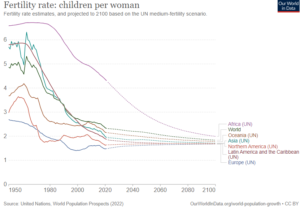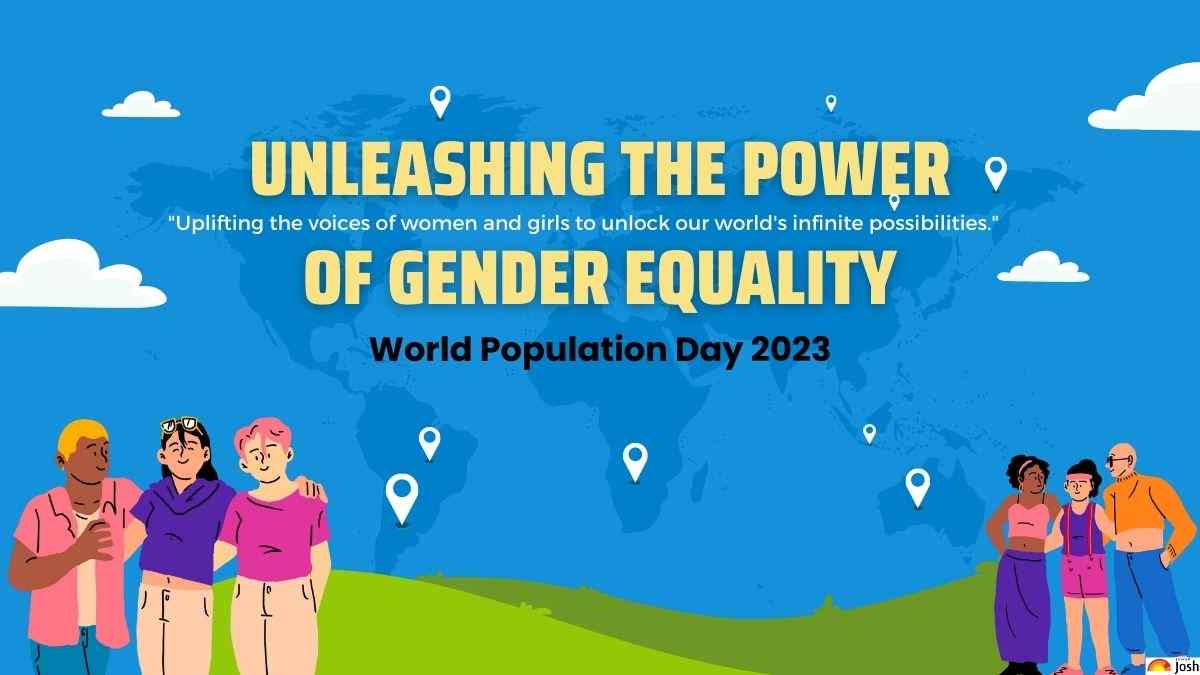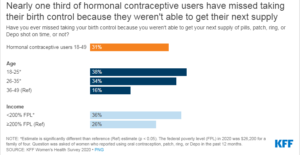- More than 40% of women worldwide are unable to make choices regarding their reproductive rights and sexual and reproductive health.
- In low- and middle-income nations, just one in four women experience the ideal level of fertility.
- Pregnancy and childbirth are the leading causes of death for women, with the number of deaths in conflict zones being twice as high.
- Violence against women by intimate partners, non-partner sexual partners, or both has affected almost one third of women.
- Only six nations have a parliament where women make up 50% or more.
- 800 million people worldwide cannot read, and more than two thirds of them are women.
It is the day when we must think and overthink about the above mentioned data by the United Nations Population Fund (UNFPA). As the world accommodates over eight billion people, the prime matter of concern is still gender equality. The World Population Day, which is celebrated today wants us to converse about ‘Unleashing the power of gender equality: Uplifting the voices of women and girls to unlock our world’s infinite possibilities’.
What ‘she’ wants, matters!
Women and girls make up 49.7% of the world’s population, however they are frequently left out of demographic talks and have their rights violated by population policies.
This pervasive injustice prevents women and girls from pursuing education, careers, and leadership roles; it restricts their agency and capacity to make choices regarding their health, sexuality, and reproductive lives; and it makes them more vulnerable to violence, harmful behaviours, and avoidable maternal deaths, with a woman dying from pregnancy or childbirth every two minutes.
To achieve a more equitable, resilient, and sustainable society, we must improve gender equality. To address demographic issues and other problems, such as conflict and climate change, women and girls’ creativity, resourcefulness, resources, and influence are essential.
According to the UNFPA 2023 State of World Population report, women and girls thrive when cultures provide them the freedom to exercise sovereignty over their lives and bodies.
Population Trend
The population of the globe increased to 1 billion people after hundreds and thousands of years, and then it increased sevenfold in just another 200 years or so. The world’s population crossed the 7 billion threshold in 2011, is projected to rise to almost 8.5 billion in 2030, 9.7 billion in 2050, and 10.9 billion in 2100.
Factors affecting population
Significant changes in fertility rates, rising urbanisation, and quickening migration have all contributed to this remarkable expansion, which has been primarily driven by an increase in the number of people who have reached reproductive age. Future generations will be affected significantly by these developments.
 Fertility rates and life expectancy have significantly changed in recent decades. Women had 4.5 children on average in the early 1970s; by 2015, the global fertility rate has decreased to under 2.5 children per woman. In the meantime, average lifespans over the world have increased, going from 64.6 years in the early 1990s to 72.6 years in 2019.
Fertility rates and life expectancy have significantly changed in recent decades. Women had 4.5 children on average in the early 1970s; by 2015, the global fertility rate has decreased to under 2.5 children per woman. In the meantime, average lifespans over the world have increased, going from 64.6 years in the early 1990s to 72.6 years in 2019.
Additionally, urbanisation and migration are also accelerating globally. In 2007, urban population surpassed rural population for the first time. By 2050, 66% of the world’s population will reside in cities.
These mega-trends have broad repercussions. They have an impact on social safeguards, income distribution, poverty, and economic progress. They also have an impact on initiatives to guarantee that everyone has access to energy, water, food, housing, sanitation, and health care. Policymakers need to know how many people are now living on the planet, where they are located, how old they are, and how many will follow them in order to meet individual needs in a more sustainable manner.



















